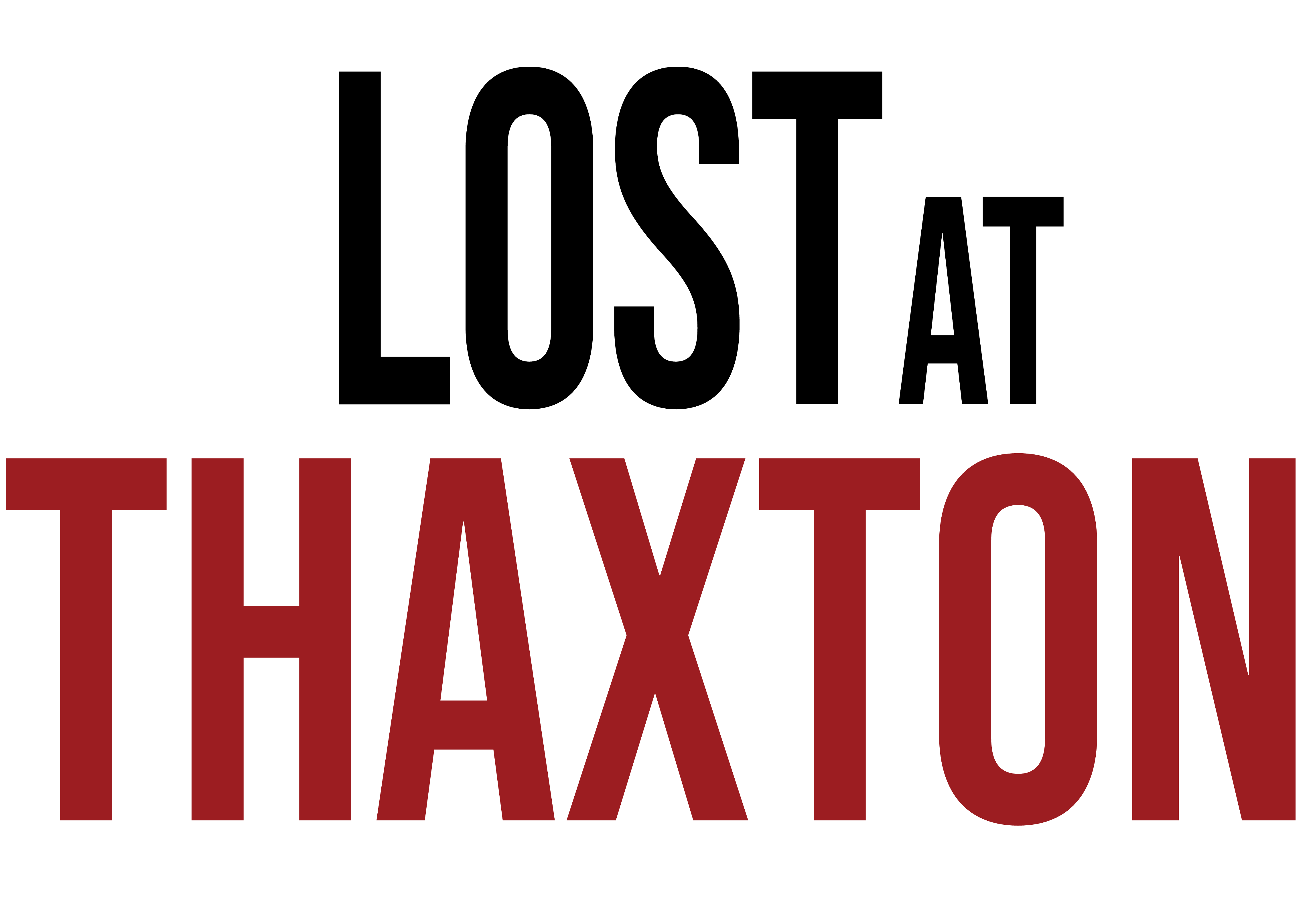He was a fortunate survivor but soon descended into madness.
Goodfellow was one of only four survivors on the train’s deadly first-class coach.1 He had managed to crawl from the wreckage with a sprained ankle and several cuts and bruises, but he would endure a much more prolonged suffering a few years later. When the Thaxton train wreck occurred, Goodfellow was in his early twenties, resided in Roanoke, and worked as a clerk for Norfolk & Western.2 3 He would later return to his hometown in Washington, DC to work as a civil engineer.4
Goodfellow had a lot going for him. He had attended Notre Dame, and his father was Major Henry Goodfellow, a Judge Advocate in the United States Army and decorated civil war veteran.5 6 In addition to good family stock, Robert Goodfellow was also one heck of a tennis player. The Washington Post described him as one of the foremost players in the city in 1889.7
In the summer of 1896, something snapped in Robert Goodfellow’s mind. Screams and a gunshot were heard from inside his mother’s house where he had been living. After pushing their way through a crowd gathered outside the home, the police spoke with a household servant who informed them that Goodfellow’s mother would not allow them upstairs and she had no desire to have anyone arrested. Rumors were swirling that Goodfellow had arrived home that evening and was recklessly using a revolver in the house, but no arrests were made.8
It was not long before violence again called on the Goodfellow household. Just four months later, Robert Goodfellow savagely attacked his own brother, John C. Goodfellow. This time an arrest was made and Robert was deemed to be insane. He was having episodes in which he would become obsessed with mathematical equations and mysterious signs. He would become a resident at St. Elizabeth’s Hospital for the Insane in Washington, DC, where he would spend the final twenty years of his life.9 10 11 12 13
Do you have more information about Robert Brent Goodfellow? If you think he might have been an ancestor of yours, or if you have some additional information that you would like to share, I’d love to hear from you. Thanks!
Related Links
- Burial site for Robert Goodfellow
- Short video on the history of St. Elizabeth’s Hospital where Goodfellow resided.
Sources
- Fourteenth Annual Report of The Railroad Commissioner of the State of Virginia, J.H. O’Bannon Superintendent of Public Printing, Richmond, VA, 1890: p. xlv. http://books.google.com/books?id=CFopAAAAYAAJ
- Census record for Robert B. Goodfellow, Year: 1900; Census Place: Washington, Washington, District of Columbia; Roll: 164; Page: 18A; Enumeration District: 143; FHL microfilm: 1240164.
- T.M. Haddock, Roanoke, VA., City Directory, 1889, p. 70.
- William H. Boyd, District of Columbia City Directory, 1894, p. 471.
- “The Army and Navy”, The Washington Critic (Washington, D.C.), June 25, 1885, Number 5266: pg. 4. http://chroniclingamerica.loc.gov/lccn/sn82000205/1885-06-25/ed-1/seq-4/
- “Death of Major Goodfellow”, The Evening Star (Washington D.C.), December 30, 1885, Vol. 67, No. 10,192: p.1.
- “Tennis”, The Washington Post (Washington, D.C.), July 7, 1889, p. 3.
- “Screams Brought A Crowd”, The Washington Post (Washington, D.C.), June 27, 1896, p.3.
- “Assaulted His Father”, The Evening Times (Washington, D.C.), October 22, 1896, Volume 2, Number 382: pg. 1.
- Census record for Robert B. Goodfellow, Year: 1900; Census Place: Washington, Washington, District of Columbia; Roll: 164; Page: 18A; Enumeration District: 143; FHL microfilm: 1240164.
- Census record for Robert B. Goodfellow, Year: 1910; Census Place: Precinct 11, Washington, District of Columbia; Roll: T624_149; Page: 16A; Enumeration District: 0235; Image: 400; FHL microfilm: 1374162.
- Census record for Robert B. Goodfellow, Year: 1920; Census Place: Washington, Washington, District of Columbia; Roll: T625_211; Page: 4B; Enumeration District: 361; Image: 1035.
- Find A Grave, “Robert Brent Goodfellow ( – 1921) – Find A Grave Memorial”, FindAGrave.com, http://www.findagrave.com/cgi-bin/fg.cgi?page=gr&GRid=54482933 (accessed May 19, 2012).
